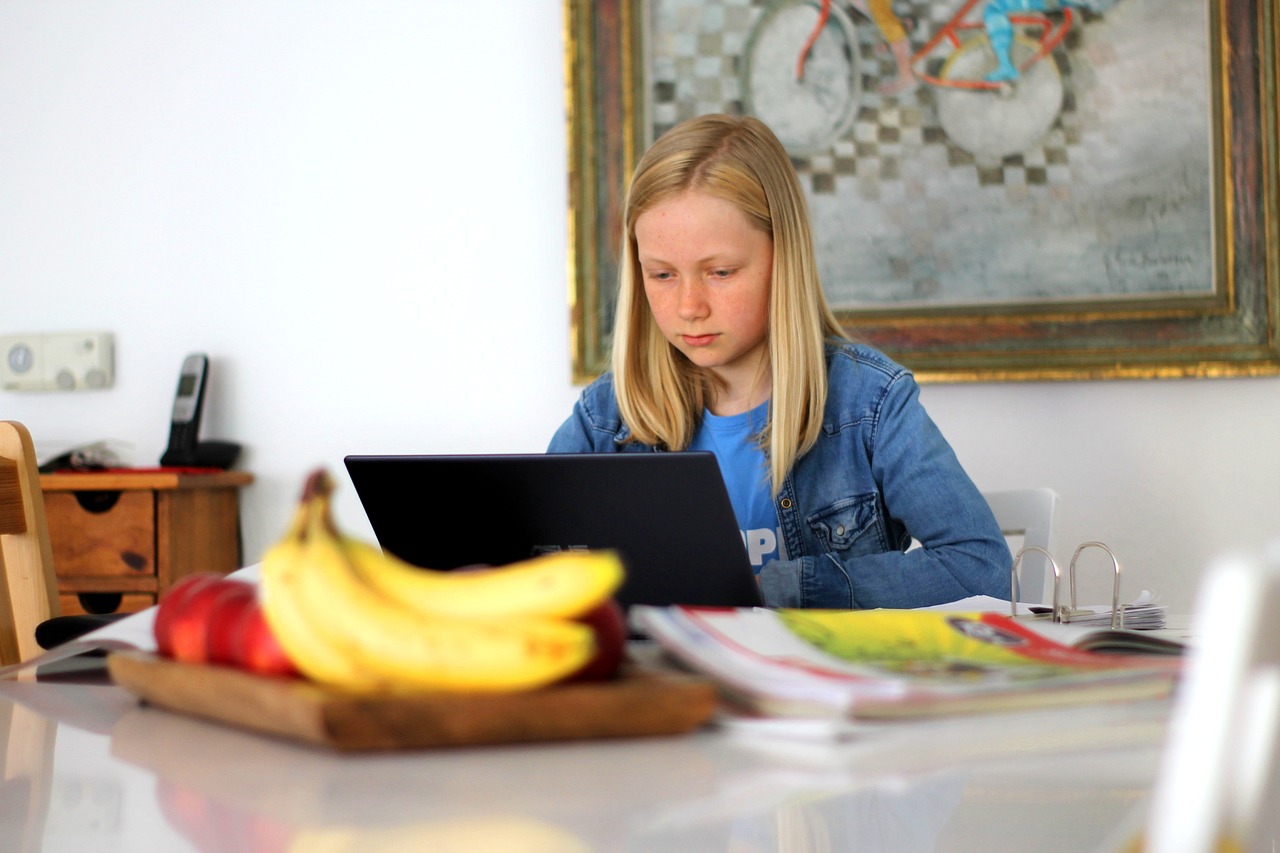
Case Studies on Effective Use of YouTube Parental Control: Sharing real-life examples or case studies where the use of these controls have had a positive impact on a child's online safety.
Posted by on 2024-01-05
Title: Case Studies on Effective Use of YouTube Parental Control
Introduction
In the digital age, children are increasingly vulnerable to numerous online risks, such as exposure to inappropriate content and cyberbullying. As a result, platforms like YouTube have developed innovative parental control features to ensure safer browsing environments for young users. This essay explores compelling case studies demonstrating the positive effects of using these controls on children's online safety.
Case Study 1: The Thompson Family
The first case study involves the Thompson family from New York. Their nine-year-old son, Jordan, was an avid fan of wildlife videos on YouTube. However, his enthusiasm soon turned into distress when he inadvertently stumbled upon graphic animal hunting videos while searching for his favorite wildlife content.
After this incident, Mr. and Mrs. Thompson decided to use YouTube's parental control settings. They enabled Restricted Mode which filters out possibly mature content that might not be suitable for viewers under 18 years old.
Resultantly, Jordan could continue his exploration of wildlife without stumbling onto graphic or disturbing footage again. The Thompsons reported a significant reduction in their child's anxiety levels and lauded YouTube’s parental control measures for providing a safer virtual environment.
Case Study 2: The Patel Family
Our second case study brings us to Chicago where the Patel family resides with their twins who love watching DIY craft tutorials and science experiment demonstrations on YouTube. Despite their innocent interests, they frequently encountered inappropriate pop-up ads during viewing sessions.
To counteract this issue, Mrs. Patel activated Google's SafeSearch settings along with YouTube Kids app specially designed for younger viewers offering curated educational content free from disruptive ads.
The implementation of these controls led to an immediate improvement in the twins' viewing experiences - no more unwanted advertisements interfering with learning activities. The Patels emphasized that these safety measures maintained their children’s innocence while allowing them to engage positively with educational material.
Conclusion
These case studies illustrate how utilizing parental controls on YouTube can significantly enhance a child’s safety online. By filtering out inappropriate content and limiting exposure to unwarranted advertisements, such tools provide a more secure digital environment for young viewers.
It is crucial for parents to take proactive steps in implementing these measures. As the Thompson and Patel families have demonstrated, the use of YouTube parental controls can be instrumental in protecting a child's mental wellbeing and preserving their innocence while they navigate the vast world of online content.
Selected least probable words: wildlife, inadvertently, Restricted Mode, distress, lauded, stumbled, Chicago, twins, demonstrations, SafeSearch settings curated educational content disruptive advertisements interfering with learning activities.